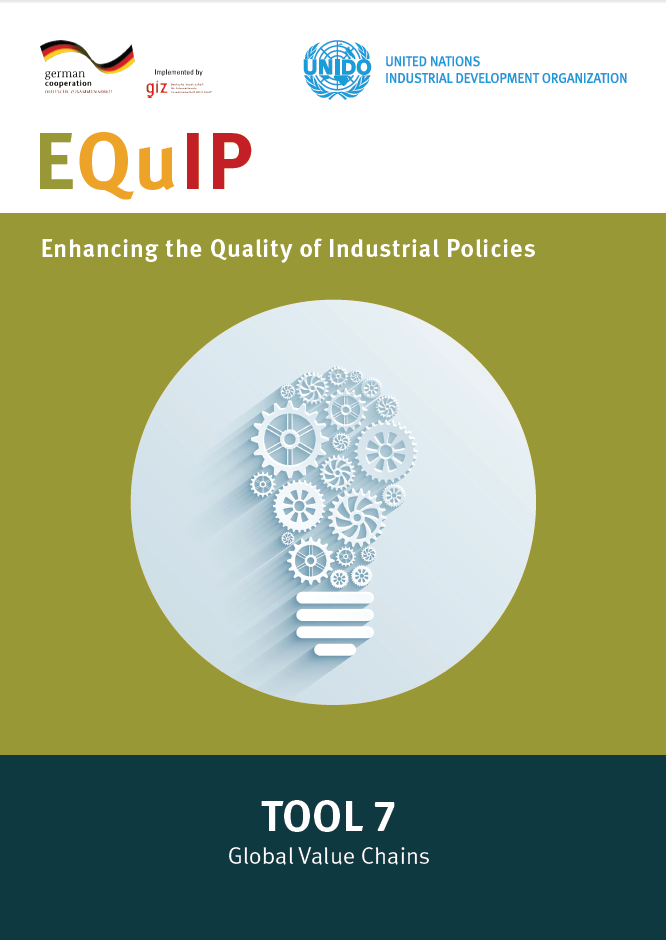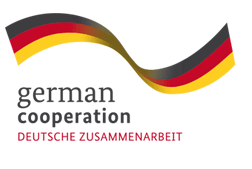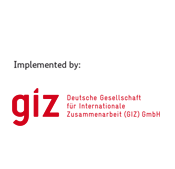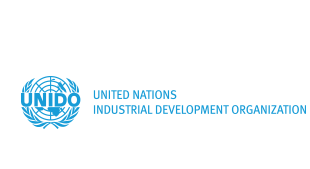| Objective: | For developing countries, integration in global value chains (GVCs) has been highlighted in recent years as a key avenue for promoting industrial development. While significant economic and social developments have been achieved in many cases, the experiences of numerous developing countries show that not “any integration in any GVCs” is necessarily good for development. This tool enables the analyst to reveal the position of a country in GVCs, and to assess the developmental potential of a specific sector in GVCs, while outlining key strategic industrial policies accordingly. The tool is split into three modules: GVC integration, GVC governance, and GVC upgrading. |
| Key questions addressed: |
At the macro-level, the tool helps to understand the position of a country within GVCs and to identify the key GVC partners of the country through the use of some qualitative and quantitative indicators. Is the country directly linked to final markets in GVCs? Or is it linked through an assembly hub? What are the key sectors in which the country is integrated in GVCs? At the sub-sector level, the tool helps the analyst to understand the key factors underlying the integration of the country in GVCs. Is such integration driven by low production and labour costs, or is it driven by trade preferences? Does proximity to markets play a role? Or is the availability of special skills a crucial factor? These questions will be linked to indicators that allow the analyst to discuss the issues of control and capacities in order to answer questions such as: Who controls the integration of the location in GVCs? What capacities are localised in the country? What is the role of national or foreign firms in this integration? The tool will provide a matrix to discuss the strategic policy options that could emerge from this discussion and to answer questions such as: How fragile is the integration in GVCs? Should firms in a specific sector receive special advantages from the government? Finally, the tool presents methodologies to address questions such as: How can one assess trajectories of economic upgrading in GVCs? What are attractive GVC segments and attractive markets, and how successful is the country tapping into these attractive markets? How can one assess trajectories of social upgrading in GVCs? |
| Indicators used: |
Value of exports in a manufactured or agricultural sub-sector Share of a sub-sector in total manufactured or agricultural exports Dependency on advanced markets Trade in semi-processed goods Use / share of foreign value-added in exports Ratio of imports of raw materials and semi-processed goods against exports of final goods / Ratio of imports of raw materials against exports of semi-processed goods Value of raw and semi-processed exports to “non-final” markets Ratio of exports of semi-processed goods against exports of final goods Share of top two importers of inputs and intermediary products Dominance of a small number of advanced markets in total sub-sectoral exports / Dominance of a small number of lead firms in the sub-sector Share of different markets in total exports of intermediary products / final goods Share of different countries in the exports of trade partners that import the country’s intermediary goods Share of different exporters in the country’s imports of inputs and intermediary products Revealed Comparative Advantage (RCA) Average wage adjusted to PPP US$ Diesel / gasoline retail price Preferential trade agreement Preference margin in key export markets Percentage of duty-free imports Relative market access conditions Distance from export markets / Transit time to export markets Performance of the logistics sector Imported inputs divided by exported outputs Share of the country in the imports of the final market Duration of exports Capital intensity and ownership of production Type of market access Duration of preferential market access Share of an importing country in overall exports of the exporting country (trade dependence) Share of a country’s total exports that enter one market under special unilateral programmes (political trade dependence) Change in shares in world (or regional or key) export markets Change in unit value of exports (compared to world) Average world export unit value (in the GVC segment, product group or sub-sector) Share of the value chain in world exports of the sub-sector Growth rate of world exports in the value chain segment Average annual growth rate / value of exports in the GVC segment Change in world market share of the value chain segment Average import unit value (of key markets) Volume of imports (of key markets) Employment (of women, youth, and migrant workers) in the sub-sector Change in employment / real wages |






